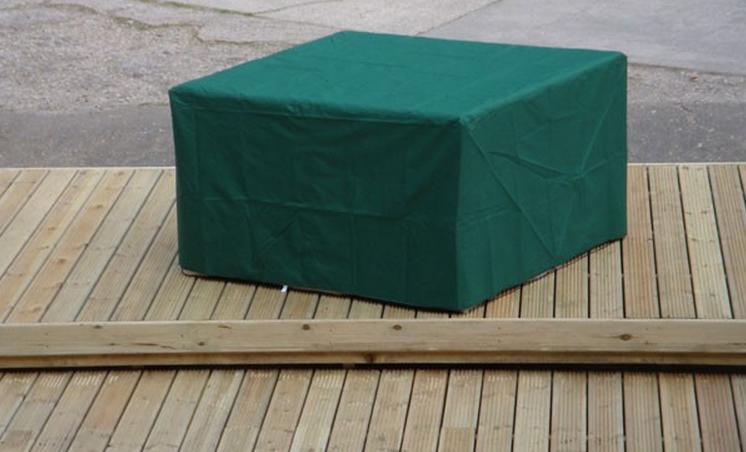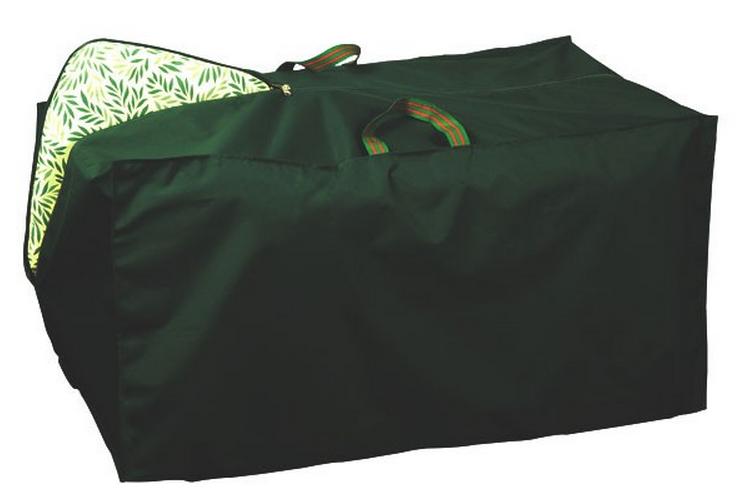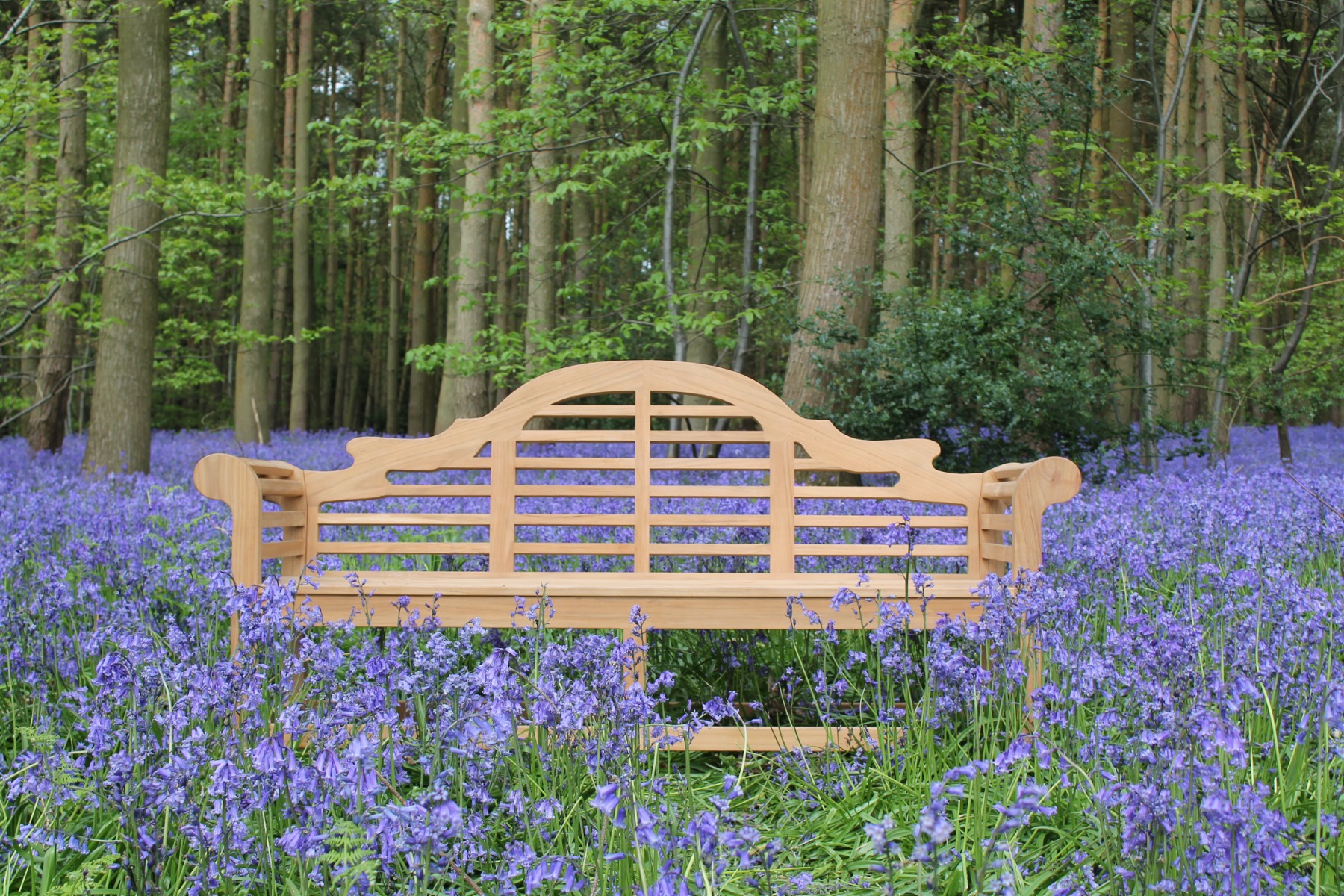When you’ve invested in good garden furniture, you don’t want to have to replace it every year. Even the best outdoor furniture needs a certain amount of maintenance to keep it looking its best for as long as possible.
Heavy Outdoor Furniture ...
Things in this category include wood or iron chairs benches and tables. It would be impractical to move them indoors or store them in garages or sheds due to their size and weight.
Furniture like this, that normally stays outside over winter, needs some preparation if it’s not to deteriorate:
Wooden Furniture – Give it a good scrub when autumn comes round. Tempting though it is to leave cleaning till spring when you next want to use it, dirt attracts more dirt and moisture, and quickens deterioration. Get rid of any mould, lichens or bird droppings and let it dry out thoroughly before protecting it with either purpose made coverings or a tarpaulin.
Natural wood benefits from a good oiling now and then, which helps prevent it from cracking and seals it against damp. Choose proprietary garden furniture oil and follow the directions on the packaging. An alternative, if the furniture has faded, is to paint it with a preserving stain.
For wooden outdoor furniture that stands on grass, try to put something solid under the feet (such as small paving slabs or bricks) so they can dry out from time to time.
Cast Iron Furniture – As with wooden furniture, give it a scrub down with a mild soapy solution to remove any build up of dirt. Make sure it’s completely dry before proceeding.
Check it over for signs of corrosion, rust, chipped paint or other damage. Any damaged areas need sealing against the elements or they’ll only get worse. Sand rusty or chipped areas then treat with a rust inhibitor before giving the furniture a fresh coat of paint. If the areas are small, and you’re colour matching, you may get away with spot treating rather than redoing the whole item.
Once the furniture is clean, dry and restored, cover it over as with wooden furniture to protect it until you next want to use it.
Light, Easily Moved Items ...
Items such as folding chairs or small aluminium tables are best brought indoors over winter. A dry garage or shed is the ideal storage area, and if you fit large hooks to the walls you can hang folding chairs up to get them off the ground.
If you can dismantle furniture (like removing table legs, for instance) then do so as this makes it easier to store and takes up less space. Remember to tape the fixings to the item so they don’t get lost. If glass tabletops are removable, wrap them in an old blanket or towel to give added protection during storage.
Fabrics, Wicker and Plastics ...
Fabrics need special care over winter as they easily become mould damaged or brittle. Make sure they’re completely dry before folding them up, especially when dealing with fabric items such as parasols. Purpose made parasol covers will make sure they stay fresh till spring, and if you make a habit of using them throughout the year they’ll protect from sun fading too.
Seat pads or lounger cushions can become home to damp and pests if they’re not protected. It’s possible to buy purpose made bags to store them in which seals them against damp and rot. Handy features to look for are bags you can hang up to save space.
Wicker and plastic furniture is a cheerful and bright option in the garden, but easily discolours or fades. Both can be washed down with a mild soapy solution to remove dirt and debris. A handy brush for this job is the one that goes with your dustpan. Let the furniture dry completely before covering it with an outdoor furniture cover or tarpaulin.
Storage Areas ...
Your own garage, shed or other outbuilding is probably your first choice, but if you’re pushed for space there are alternatives which can work out cheaper than having to replace expensive outdoor furniture every year.
Self storage offers a flexible storage solution for short or long term needs, with rooms available from just a week to as long as you want. There are no long notice periods either, so you can get your furniture quickly out of store if necessary.
As an added bonus, you could put your garden machinery in there too and protect it from rust and damp over the winter.
Whatever type of garden furniture you have, and however you decide to store it, taking a systematic approach and preparing accordingly can save time and money in future years.
We would like to thank Drew Davies for this content.






